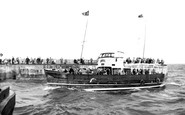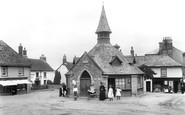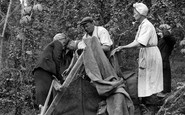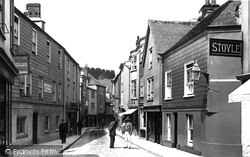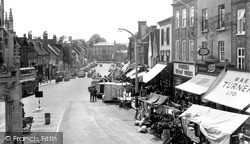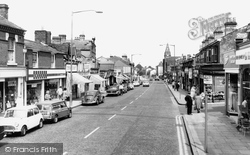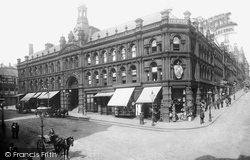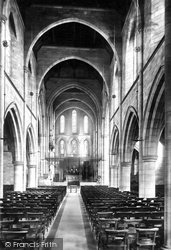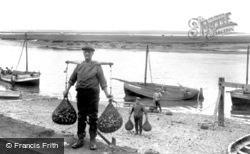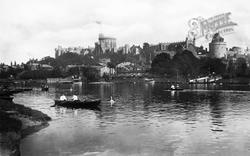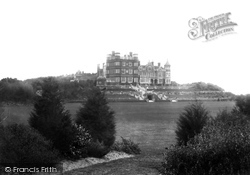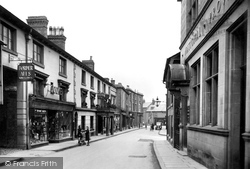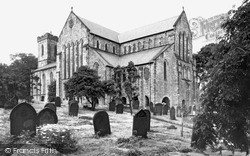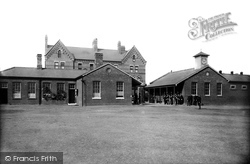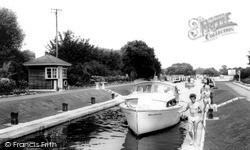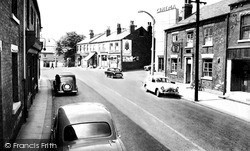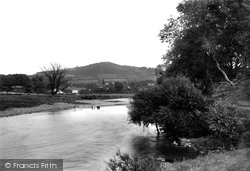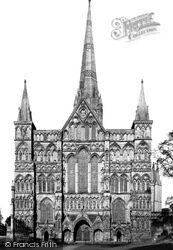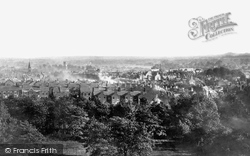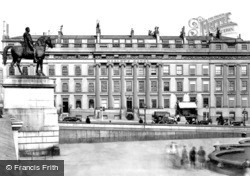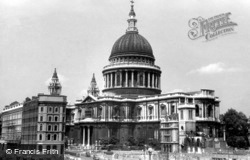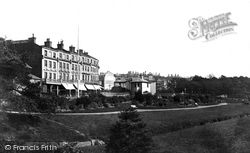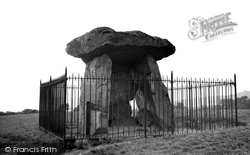Places
Sorry, no places were found that related to your search.
Photos
5 photos found. Showing results 821 to 5.
Maps
83 maps found.
Books
Sorry, no books were found that related to your search.
Memories
1,127 memories found. Showing results 411 to 420.
Holidays In Bridlington In 1950''s
When I was a child my parents use to take my sister and I to Bridlington on the train from Hull for 2 weeks holiday a year. It was magic land to us. My dad was born and brought up in Flamborough but moved to ...Read more
A memory of Bridlington in 1953 by
Holidays With My Lovely Grandma 1970's
My Grandma Dorothy Morgan was the kindest person you could meet she bought her family up first in Dunbrick road then moved to balcaskie road to a nice big house with Grandad Wilfid my mum Brenda and her brother Alan ...Read more
A memory of Eltham by
Holmeleigh Childrens Home Horncastle
I lived at Holmeleigh children's home from August 1966 until it closed down in 1969 to become a college, an educational facility. We were transferred abruptly from another residential settling different village ...Read more
A memory of Horncastle by
Holystreet
I was a pupil at Holystreet from 1956 till it closed as a school a few years later. I have vivid memories of Miss Watson and Miss Thompson, also Miss Wyatt and Mrs Ruegg. It was a beautiful place for a school, I remember the chilly ...Read more
A memory of Chagford in 1955 by
Home
I have lived in the pretty village of Cartmel all my life and I love the quiet, calming atmosphere we have here. Once a friend and myself used to walk through the village with a nanny goat called Nancy and her 2 kids, we'd arrive in the square ...Read more
A memory of Cartmel in 1983 by
Home Sweet Home.
Drove thru Methilhill last week, first time again in many years. Not much changed, just good memories again of the school years, Methilhill and Braehead, would love to hear from anyone who knows me. Meet up for a chat etc. I know some ...Read more
A memory of Methilhill by
Hop Picking
Paddock Wood, in particular Beltring, the home of the famous Whitebread Oasts, was the centre of the Hop Gardens of Kent. The Gardens were set out with rows of elevated wire tressles which were supported at intervals by poles. In the ...Read more
A memory of Paddock Wood in 1940 by
Hop Picking
As a young lad, I went with my family to pick hops near Staplehurst village, my cousin and I used to swim in a nearby river that had a bridge across it and arches under the bridge, and the arches were a great place to change into our ...Read more
A memory of Staplehurst in 1950 by
Hop Picking During The War
I hated hop picking. We started in 1938 to help pay for my sister's uniforms when she went to Ashford County School. At first my mother was slightly ashamed but soon entered ino the spirit and competition as to who ...Read more
A memory of Staplehurst by
Horace
Yes I remember Horace too. As a young girl I loved to ride on the cart, I remember the horses name was Rodney. We lived in Sylvia Avenue so were at the end of the round. I remember one Christmas Horace had had a few drinks and when he reached us ...Read more
A memory of Hatch End by
Captions
1,233 captions found. Showing results 985 to 1,008.
Totnes had a medieval wall around the centre, much of it still intact.
A large number of the buildings in the picture are now Grade II listed, but it is not likely that the unkempt state of the High Street in 1955 did much to foster civic pride.
It had already been popular with wealthy city merchants for a century or so, and much housing development had taken place along the High Street.
The cast iron frame contained two 60ft-high domes, and huge figures of Pomona and Flora stood over the arched entrance. This market was demolished in 1973.
The high arched ceiling is supported on slim pillars of pale stone, creating a light and welcoming interior. The pulpit is of alabaster and the screen of ironwork.
These heavily-laden fishermen use shoulder yokes to carry their shellfish, much as a milkmaid carries her buckets, paddling out of the shallows from their open boats, the 'Nell' and 'Armistice'.
However, much of what we see now owes more to the 1820s; at that time George IV expended the then fabulous sum of £1,000,000.
A feature of the scene is the limestone paving flags that neatly line The Street, and the trimmed trees forming an arch across the roadway. The Half Moon Inn (landlord W Teasdale), awaits customers.
The arch at the bottom of the terrace is a sheltered seating area.
The view is very much the same today, although the grand, colonnaded entrance to The Black Lion Hotel (centre left) has been demolished.
In 1908 the east end of the chancel was extended and the transepts added; the gradient of the site was such that the archi- tect, Temple-Moore, designed a structure supported on a round- arched
These barracks were built about three years after the Infantry Barracks, but the construction came under much criticism.
West of Sunbury and on the former Middlesex bank of the Thames is Chertsey Lock, near Chertsey Bridge, an austere seven-arch stone bridge of the 1780s by James Paine.
This is the shopping centre of Kippax, much changed on the left, but untouched on the right.
Certainly it is much loved by fishermen. The river has also been a popular play area for local children, as this late Victorian scene shows.
The Arndale House building is much the same, but the cinema has made way for the Cornhill shops, and beyond the canopy of the Town Hall extension are the new shops which have
For much of the 20th century, the flitches were supplied by Dunmow`s own bacon factory, which occupied a site near the now-vanished railway station.
These heavily-laden fishermen use shoulder yokes to carry their shellfish, much as a milkmaid carries her buckets, paddling out of the shallows from their open boats, the 'Nell' and 'Armistice'
Viewed from the west, the façade of the west front is dominated by the Great West Window and the Triple Arch Door.The west front of many cathedrals were intended to be showpieces.
Of the priory, however, little remained even in 1900 when this photograph was taken, save for the remains of the cloisters and a stone arch.
It was commissioned from Sir Francis Chantrey in 1829, and it was originally to go on top of Marble Arch, which then stood in front of Buckingham Palace.
Five years after the end of the Second World War, there was still much evidence of the severe bombing around the cathedral.
The fine tower and spire of St Peter's Church dominated much of central Bournemouth, until unkind planners allowed the construction of too many large buildings nearby.
There has been much debate about the age and significance of these four giant stones a mile north of the village.
Places (0)
Photos (5)
Memories (1127)
Books (0)
Maps (83)



